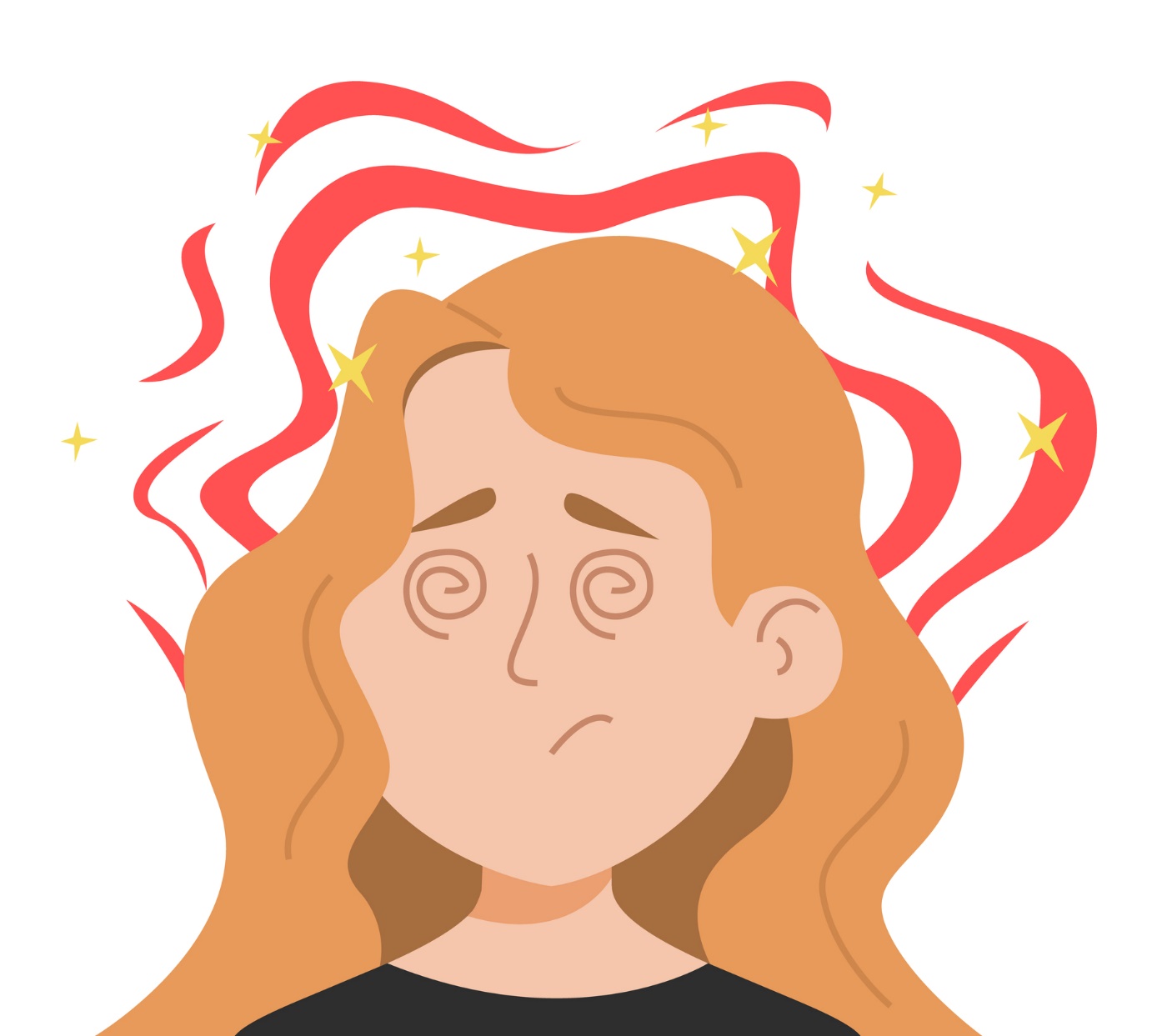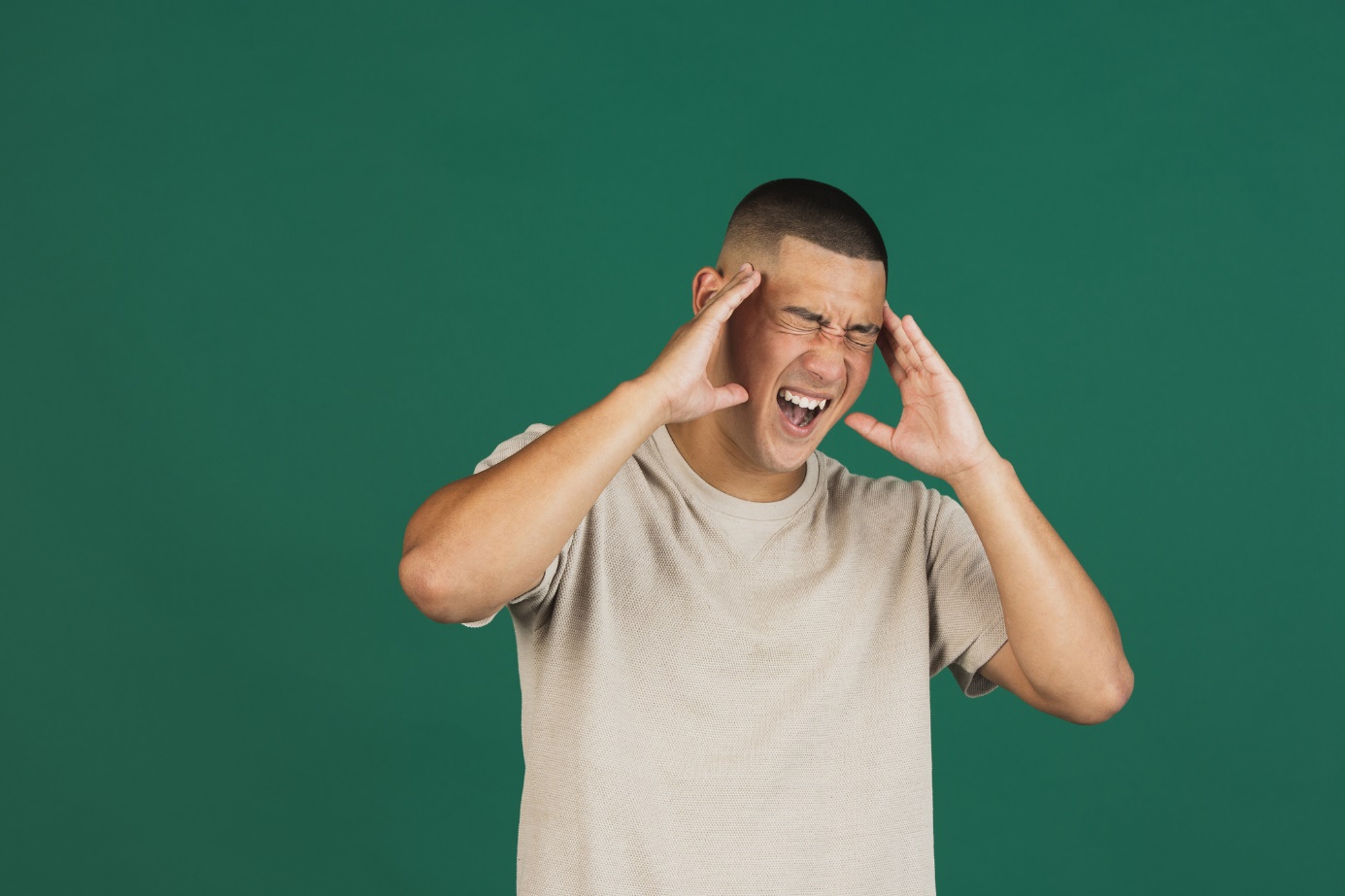- Jan Hugo and others - The Great Medical Dictionary - Aura
- Michal Drobný et al - Textbook of Neurology - Aura
- mayoclinic.org - Migraine with Aura
- verywellhealth.com - Overview of aura attacks
- webmd.com - Migraine with aura
- britannica.com - Migraine with aura
What is an aura? Which diseases does it often accompany? + other symptoms

Aura occurs in seizure disorders such as epilepsy or migraine. These are unusual sensations that do not normally occur.
Characteristics
Aura is a state of impending epileptic or migraine seizure. It is a sensory perception. They do not originate in the environment, but in the nervous system of the patient.
They can be visual sensations (e.g. flash, fire), auditory, olfactory, from the gut, etc.
The word aura comes from Latin and is translated as breeze.
Approximately 20-30% of migraine sufferers experience an aura. An aura is a neurological phenomenon prior to the onset of an attack of the disease. The aura usually lasts 5-20 minutes, sometimes 60 minutes.
Migraine headaches usually begin after the aura.
It is a visual disturbance in the form of white, black and sometimes colored lights (photopsia). Sometimes zigzag lines appear (scintillation scotoma).
Some patients have blurred or cloudy vision similar to smoked glass.
Patients sometimes experience tingling of the fingers and tongue or pins and needles on the hands.
Auditory, olfactory or gustatory hallucinations may occur. Sometimes dizziness or increased sensitivity to touch (hypersensitivity) also occurs during auras.
Auras occur only in the classic type of migraine.
The aura is a warning signal to a patient with classic migraine or epilepsy that a seizure is imminent.
Aura is also associated with hand or facial tremors. Sometimes a feeling of vomiting is present.
The aura in migraine is often accompanied by a headache. It occurs mainly in people over 50 years of age.

Causes
The trigger of migraine and epilepsy with aura can be:
- Stress
- Bright light
- Certain foods and medications
- Sleep and its quality
- Menstruation
- Alcohol
Manifestations
The subjective manifestations of aura include:
- Blind spots - scotomas
- Zigzag lines
- Visible stars
- Changes or deterioration of vision
- Flashes of light
- Fatigue to drowsiness
- Emotional disturbances - anxiety, fear
- Feeling detached from reality
- Perception of foreign and unfamiliar smells
- Dizziness
- Feeling of déjà vu
- Gastrointestinal (digestive) upset such as nausea (feeling sick) and vomiting
- Feeling unusually hot or cold
- Repeated movements of the face or limbs (other than during a migraine or epileptic seizure)
- Tingling in the limbs and face
- False sound sensations
- Drowsiness
- Inability to judge distance
- Tunnel vision
This condition is similar in migraine and epilepsy. Aura may not always prevent these diseases.
Associated symptoms include:
- Numbness of half of the face or body
- Difficulty with speech
- Muscle weakness

Interesting facts
It is important to consult a doctor. The doctor must rule out other illnesses, such as stroke.
The aura is produced as chemical and electrical waves passing through the brain. Changes in perception depend on the affected area of the brain.
In vision-related aura, the part of the cerebral cortex responsible for vision is affected.
Migraine with aura is more common in women than in men. Heredity also plays a role.
The most serious complication of a migraine attack with aura is stroke. Aura is described as a preictal state or phase (technically a convulsive phase). Only 1% of attacks progress to stroke.
The patient should describe the events during the aura to the physician. The doctor will get information about the altered part of the brain.
Some patients feel the arrival of the aura several days in advance. This is the prodrome of a seizure.
A migraine or epilepsy attack is associated with abnormal brain activity. The aura is described as the beginning of a seizure. It affects the parts of the brain responsible for feeling, seeing and hearing.
An aura can be diagnosed using an EEG (electroencephalogram). This is a non-invasive method. However, this test is not very conclusive. The aura can last only a few milliseconds.

Migraine with aura
Migraine is a seizure disorder. It is a severe, often unilateral headache. It is triggered by a narrowing or general change in the patency of a major blood vessel in the brain. This causes the headache.
Migraine is sometimes preceded by the aforementioned aura.
Epilepsy with aura
Epilepsy is a seizure disorder of the brain.
It occurs when new electrical impulses arise. The impulses are transmitted to the limbs. There are several types of seizures. There are minor (petit mal) and grand mal (generalized) seizures.
There is loss of consciousness, tongue biting and tonic-clonic movements of the limbs (increased muscle tension and spasms).
Sometimes the cause of epilepsy is unknown. It may arise because of other brain diseases (tumours, post-stroke conditions) or without a clear cause.
An epileptic seizure can sometimes be preceded by an aura.
Prevention and treatment
There are no drugs to treat aura alone.
It is recommended to retire to a dark quiet room.
Medication is given to prevent epileptic or migraine seizures.
Anticonvulsants (anti-seizure drugs), antiepileptics, antimigraines are used.
Sometimes it is necessary to treat vomiting.
Antidepressants and antihypertensives help with the prevention of migraine and epilepsy. They maintain and reduce high blood pressure, which can lead to migraines.
Dogs are used abroad for patients suffering from epilepsy. Some breeds can detect the aura coming and help the patient. After the onset of the aura, the patient can "prepare" for the seizure and eliminate the threatening danger in the surroundings.










